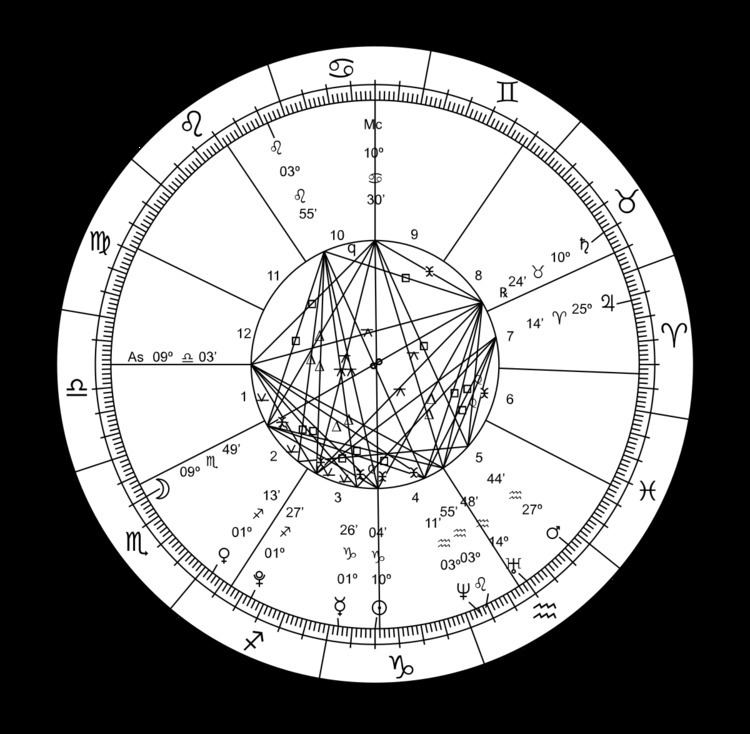 | ||
Kahala yoga is one of the four main dispositor yogas which are centered on the lagna-lord that further the native in life. Kāhala (Sanskrit: काहल) means, a large drum.
Vaidyanatha Dikshita in Chapter VII Sloka 130 of his Jataka Parijata gives two different versions of Kahala yoga, he states that if the lords of the 9th and the 4th be in kendra positions with respect to each other and if the lord of the lagna is strong, the yoga produced is Kahala. If the lord of the 4th bhava occupying its exaltation or its own sign be aspected by or in conjunction with the lord of the 10th bhava, the yoga will be such as the foregoing. This particular sloka is reproduced from Parashara’s Brihat Parasara Hora Shastra (Chapter XXXIII.9). Parashara tells us that the person blessed with Kahala yoga will be noble, able and dynamic, possess a radiant personality, and command a well-equipped army and lord over cities and villages. In the Raja yoga Chapter XXXV.Sloka 9-11 he states that any two or three amongst the lords of the 4th, the 5th, the 9th and the 10th bhavas establishing a mutual relationship and also involving the lord of the lagna give rise to Raja yoga formations.
In Chapter VI Sloka 35-36 of his Phaladeepika, Mantreswara defines Kahala yoga in following words, which version is different from the two Parashari definitions of this yoga, and is of rare occurrence:
लग्नाधिपाप्तभपति स्थितराशिनाथः स्वोच्चस्वभेशु यदि कोणचतुष्टयस्थः योगःस काहल इति प्रथितः “Note in the birth-chart where the lord of the lagna is posited, and where the lord of the sign occupied by the lord of the lagna is placed. If the lord of this sign is in his sign of exaltation or own sign identical with kendra or trikona, the yoga so formed is termed as Kahala yoga. The person will be noble, benevolent, kind and propitious. He will be very popular in public.”In the subsequent Sloka 37 he states that the conjunction or association of the lords of the 9th and the 10th bhavas occupy in an auspicious bhava, it constitutes a Raja yoga. If the lord of a kendra and a lord of a trikona are similarly placed, the resulting yoga is called Sankha.
